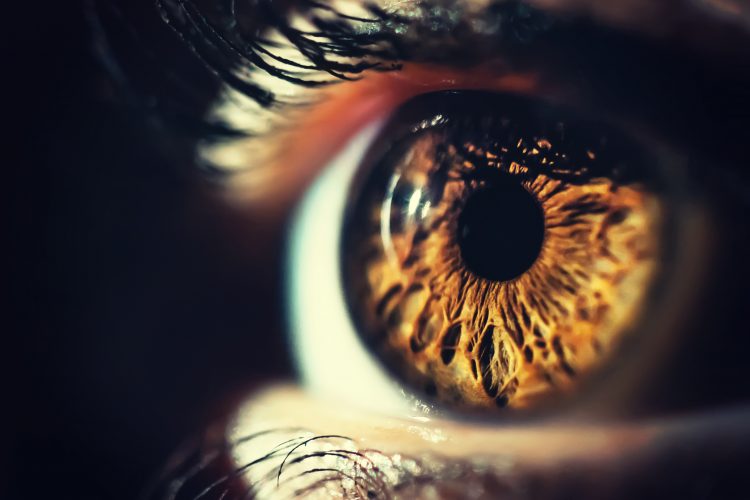A new vision: restoring eyesight using a novel gene therapy technique
Posted: 5 June 2020 | Hannah Balfour (Drug Target Review) | No comments yet
Scientists created a technique to give photoreceptors infrared-light sensitivity, allowing the animal models to see infrared heat signatures.


Researchers developed a novel approach to combat degenerative vision loss, inspired by the infrared vision found in bats and snakes, that could provide patients with a new form of sight.
Macular degeneration is one of the major reasons for visual impairment globally, around 200 million people are affected. Photoreceptors in the retina are responsible to capture the light coming from the environment through the eye; however, diseased photoreceptors lose their sensitivity to light, which can lead to impaired vision or even complete blindness.
Scientists at the Institute of Molecular and Clinical Ophthalmology Basel (IOB) together with colleagues from the German Primate Center (DPZ) – Leibniz Institute for Primate Research in Göttingen have developed a completely new therapeutic approach; to activate degenerated photoreceptors using near-infrared light.
The team were inspired by bats and snakes which use infrared heat signatures, generated using heat-sensitive ion channels on their photoreceptors, alongside typical vision to hunt their prey. Their ability to detect near-infrared light enables bats and snakes to superimpose thermal and visual images in the brain and thus react to their environment with greater precision.
In order to replicate this in mammals, the team devised a three-component system. The first element contains engineered DNA that ensures that the gene coding for the heat-sensitive channel is only expressed in photoreceptors. The second component is a gold nanorod that efficiently absorbs near-infrared light. The third is an antibody that ensures strong binding between the heat-sensitive channel expressed in photoreceptors and the gold nanorods.
In a murine model of retinal degeneration, the system was successfully excited by near-infrared light and these signals were transmitted to retinal ganglion cells, suggesting the output of the retina was reaching higher visual centers in the brain. Next, they showed that stimulating the mouse eye with near-infrared light is also picked up by neurons in the primary visual cortex, a brain area that is important for conscious vision. They also designed a behavioural test in which untreated blind mice were not able to use near-infrared stimulation to learn a simple task whereas blind mice treated with the three-component system could perform the task related to near-infrared stimulus.
They also collaborated with Arnold Szabo, a co-author of the paper and Assistant Professor at the Semmelweis University in Hungary, in order to test their new approach on human retinas in culture. These retinas can be kept alive for months, but blindness sets in a day or so after they are removed from people. Experimental results showed that following treatment with the three-component gene therapy method, near-infrared light exposures reactivated the human retina’s visual circuitry.
“We believe that near-infrared stimulation is an important step towards providing useful vision to blind patients so that they can regain their ability to read or see faces,” said Daniel Hillier, head of the junior research group Visual Circuits and Repair at DPZ, adding: “We want to give hope to blind people with these findings and will further intensify our research activities in this area here at DPZ within our main project, which focuses on the restoration of vision.”
The paper was published in Science.
Related topics
Gene Therapy, Genomics, In Vivo, Nanoparticles, Nanotechnology, Research & Development
Related conditions
Macular degeneration
Related organisations
German Primate Center (DPZ), Institute of Molecular and Clinical Ophthalmology Basel (IOB), Semmelweis University
Related people
Arnold Szabo, Daniel Hillier



